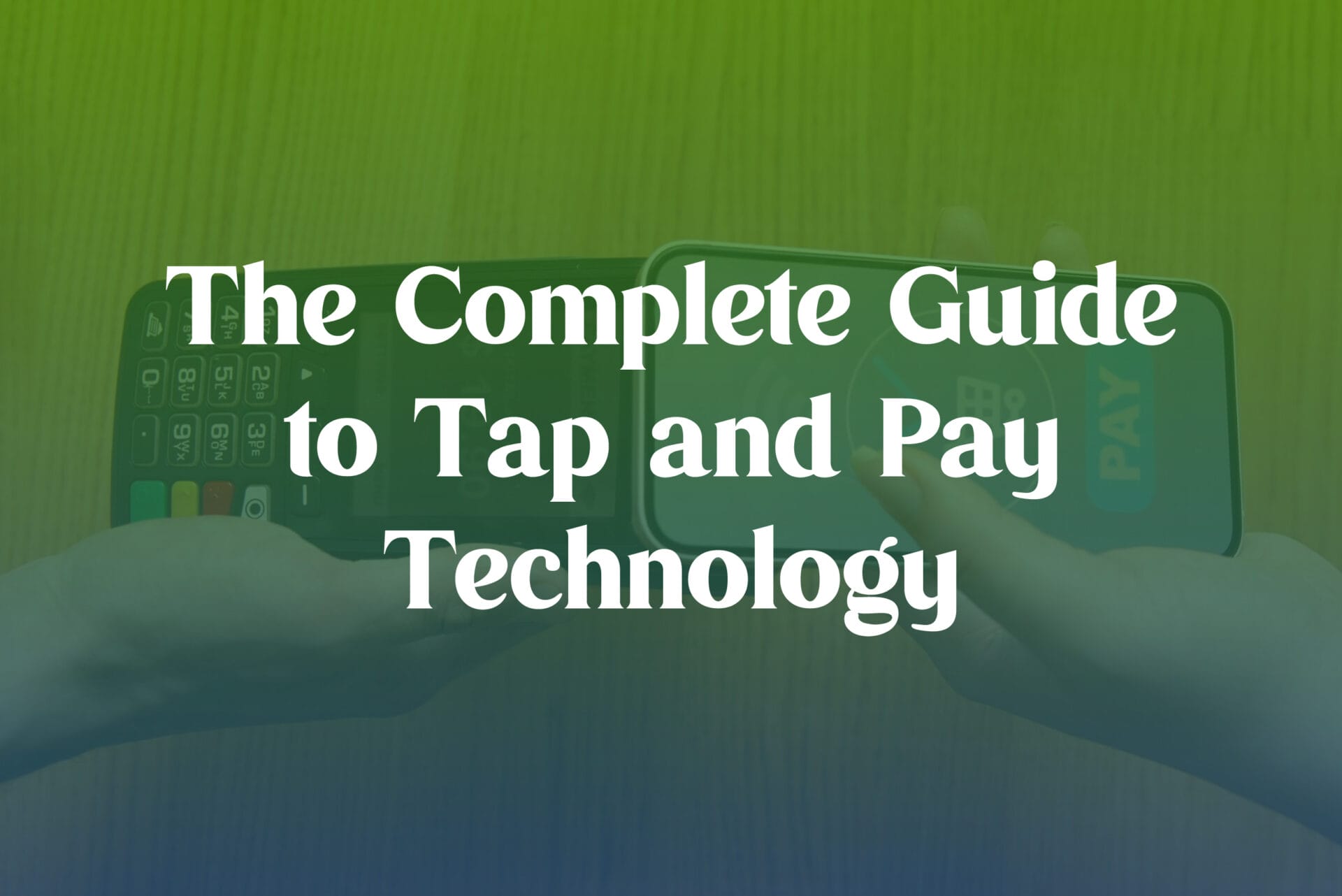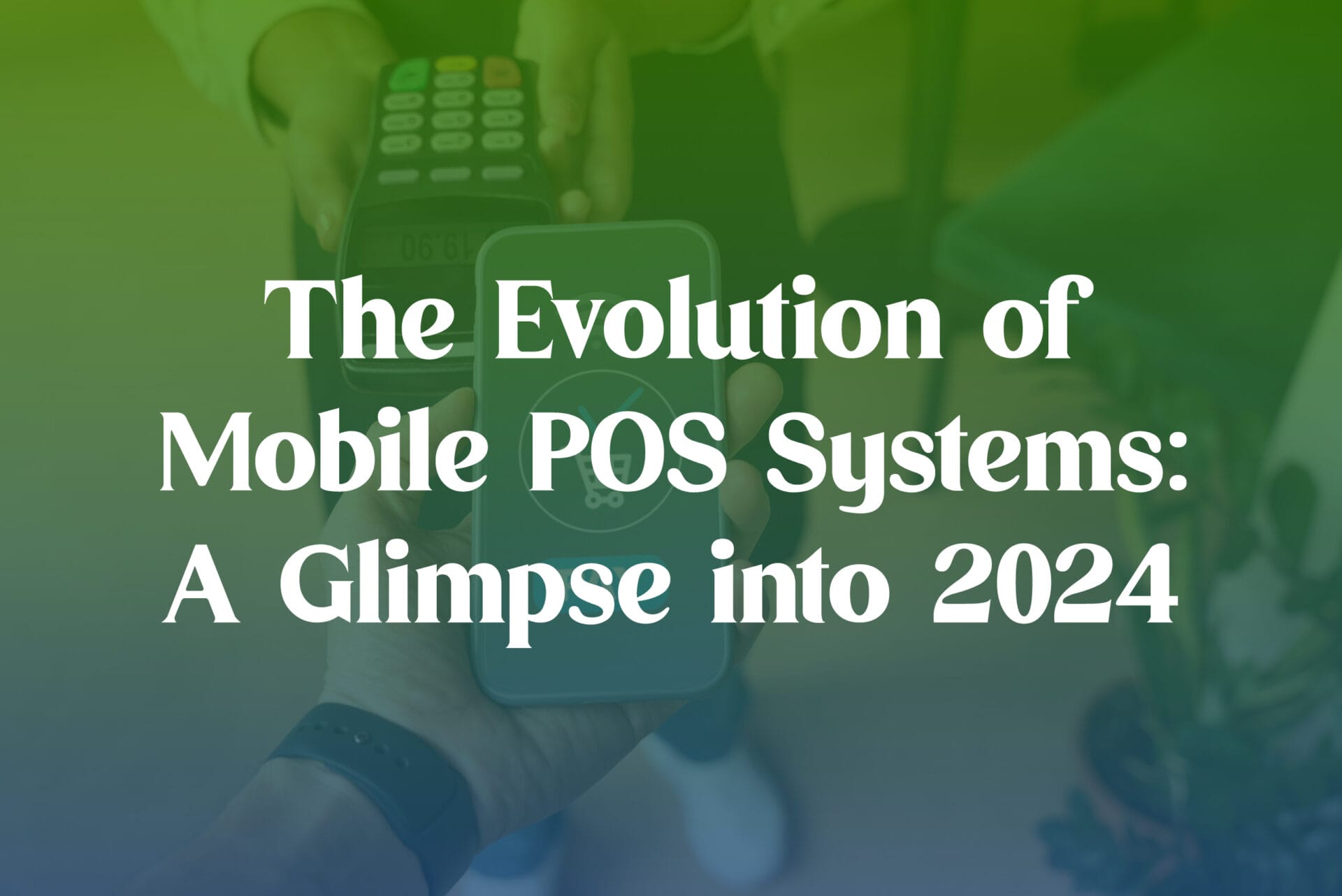In recent years, tap-and-pay technology has revolutionized how businesses and consumers conduct transactions. Also known as contactless payment or NFC (Near Field Communication) payments, tap-and-pay offers a convenient, fast, and safe way to make purchases without physical cash or traditional card swiping. This comprehensive guide will explore everything you need to know about tap-and-pay technology, from how it works to its benefits and implementation.
- Understanding Tap and Pay Technology
Tap-and-pay technology allows consumers to purchase by tapping their contactless-enabled cards, smartphones, or wearable devices on a compatible payment terminal. This technology utilizes NFC, enabling wireless communication between two devices within proximity, typically a few centimeters apart. - How Tap and Pay Works
When a consumer taps their contactless card or device on a payment terminal, the terminal generates an electromagnetic field. This activates the NFC chip embedded in the card or device, allowing it to transmit payment information to the terminal securely. The transaction is processed using secure networks, with authentication and encryption protocols to safeguard sensitive data. - Types of Tap and Pay Devices

Tap and pay technology is available on a variety of devices, including:
– Contactless-enabled cards: Many banks now issue debit and credit cards with built-in NFC chips, allowing customers to tap and pay at compatible terminals.
– Smartphones: Most modern smartphones come with NFC capabilities, allowing users to make contactless payments through mobile wallet apps like Apple Pay, Google Pay, or Samsung Pay.
– Wearable devices: Wearable devices like smartwatches and fitness trackers offer tap-and-pay transactions for added convenience.
-
Implementing Tap and Pay in Your Business
To start accepting tap and pay payments in your business, follow these steps:
– Upgrade your POS terminals: Ensure that your payment terminals are equipped with NFC technology to support contactless payments.
– Train your staff: Train your staff on how to process tap and pay transactions and address customer inquiries.
– Promote tap and pay: Display signage and educate customers about the availability of tap and pay at your business to encourage adoption.
– Monitor performance: Regularly review transaction data and monitor for any issues or discrepancies to ensure smooth operation.
-
Security Considerations
While tap-and-pay technology offers enhanced security features, remaining vigilant against potential threats is essential. Implement best practices such as:
– Encryption: Ensure your payment terminals and systems use encryption to protect sensitive payment information.
– Tokenization: Utilize tokenization technology to replace card details with unique tokens, further enhancing security.
– Regular updates: To mitigate vulnerabilities, keep your POS terminals and software updated with the latest security patches and firmware updates.
Tap and pay technology has transformed how we pay for goods and services, offering a seamless and secure alternative to traditional payment methods. By understanding how tap and pay works and implementing it effectively in your business, you can facilitate transactions, improve customer experience, and stay ahead in today’s digital economy. Embrace the convenience and security of tap-and-pay technology to future-proof your business and meet the evolving needs of your customers.





